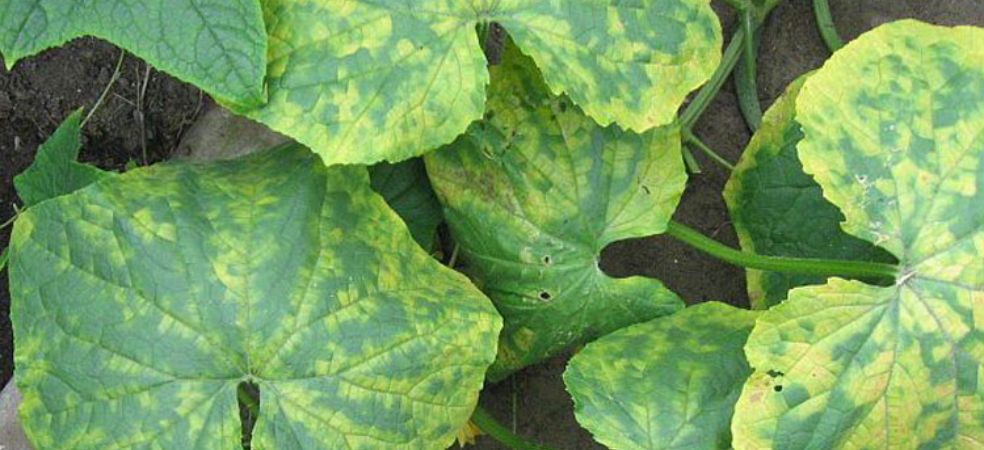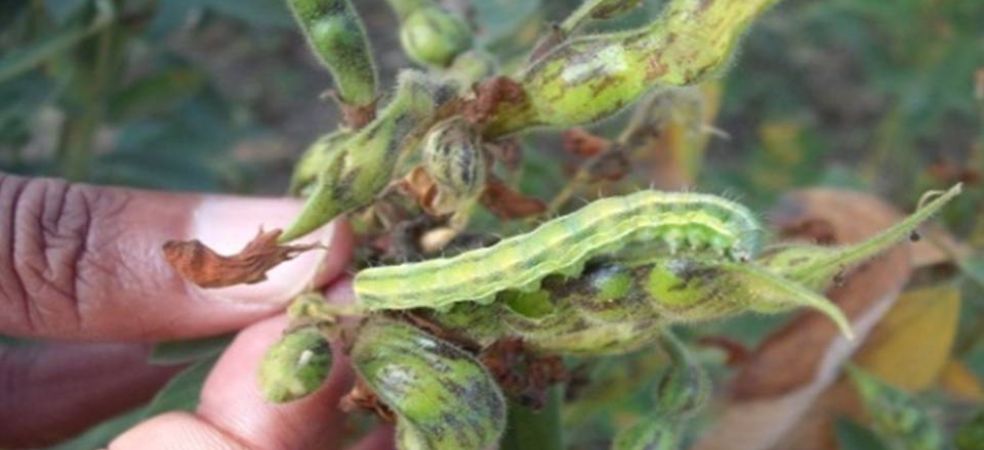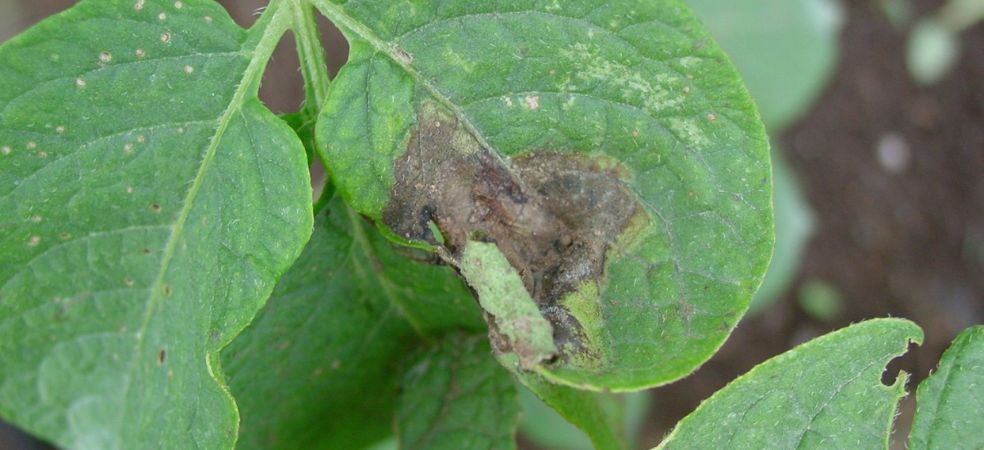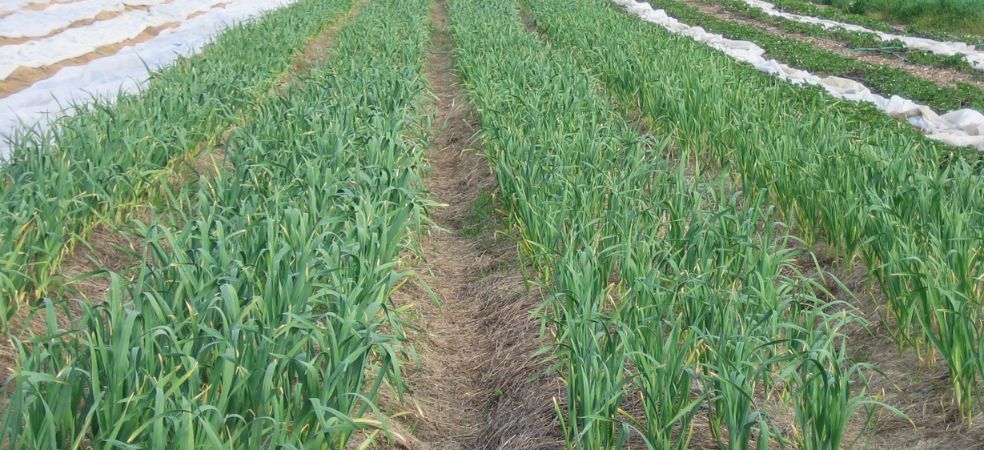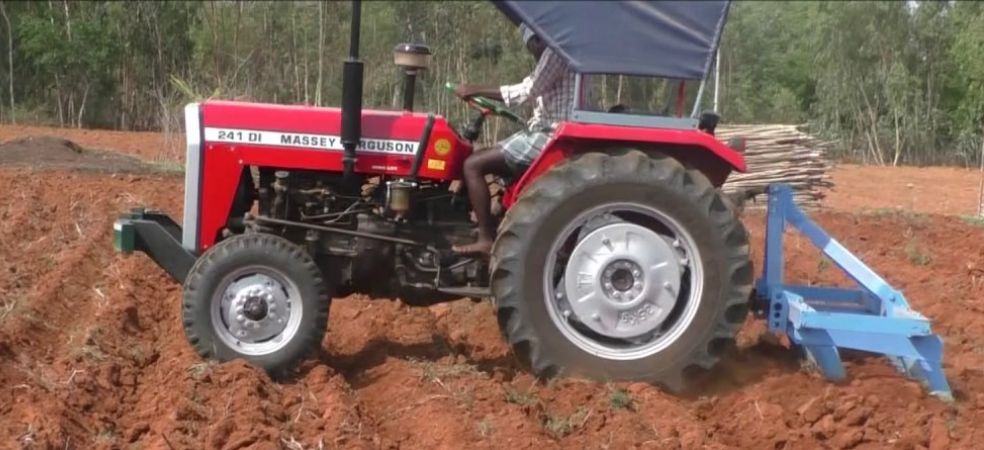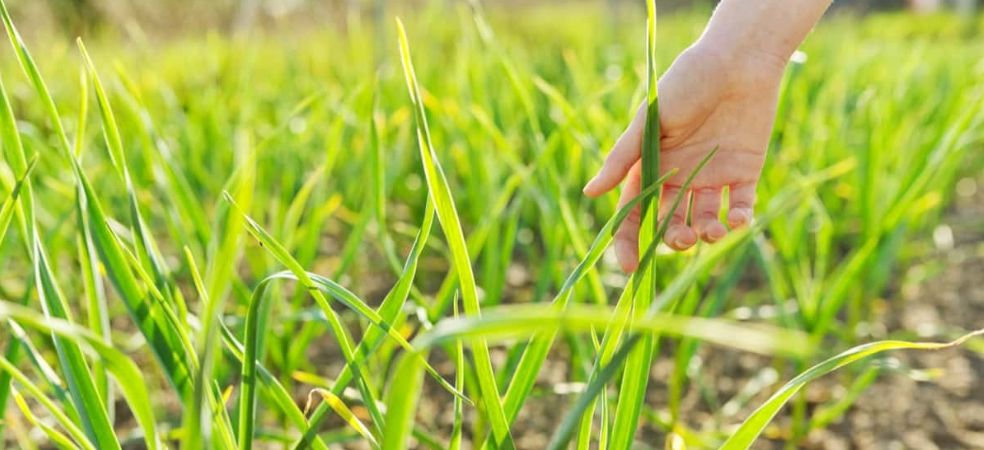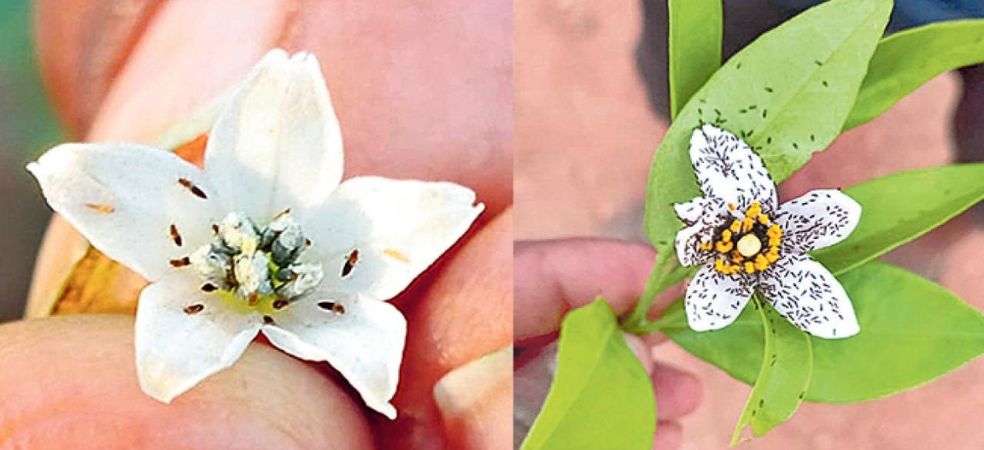-
Sudden change in weather is adversely affecting plant growth, to protect crops from this, spray Novamaxx.
-
Novamaxx is Chyawanprash for every crop, which will keep crops stress free!
-
Novamaxx (Gibberellic Acid 0.001%) is Effective for crops like paddy, maize, cereals, wheat, vegetables, cotton, sugarcane, groundnut, soybean etc., which helps to protect against stress caused by cold, drought, overwatering, and insect disease attack.
-
This increases the size of plants and fruits as well as stimulates flowering. It will not mix with sulfur and copper-based products, it can be mixed with all other pesticides and fertilizers.
ShareFor such important information related to the agriculture sector and farmers, do read Gramophone’s articles daily. If you liked today’s information then don’t forget to share.


